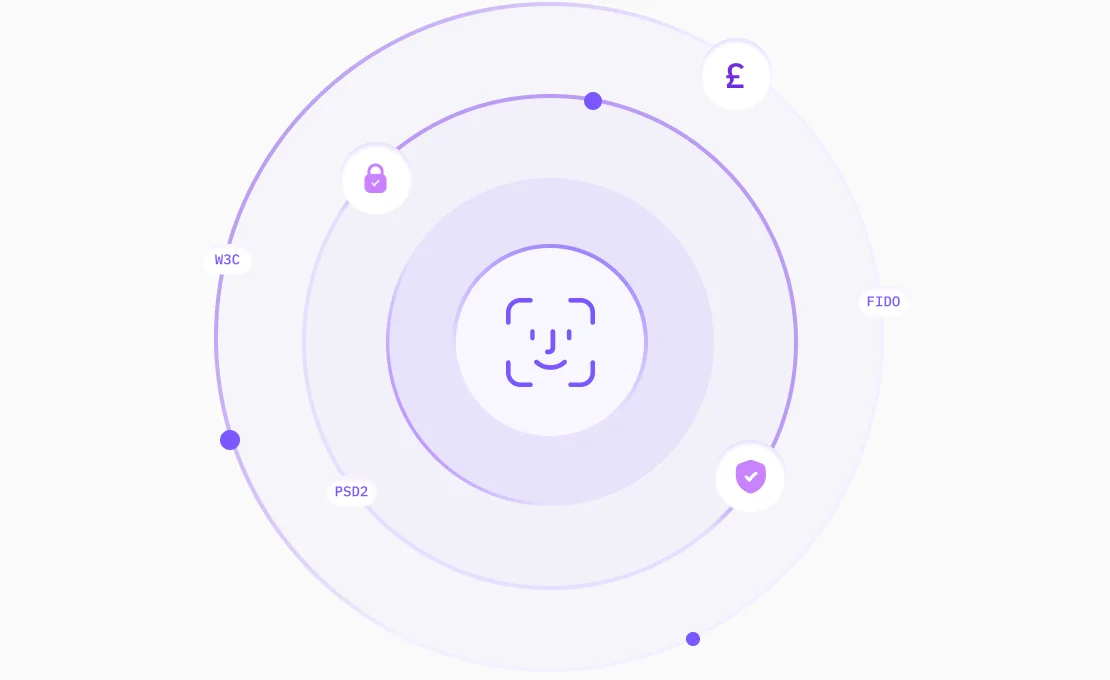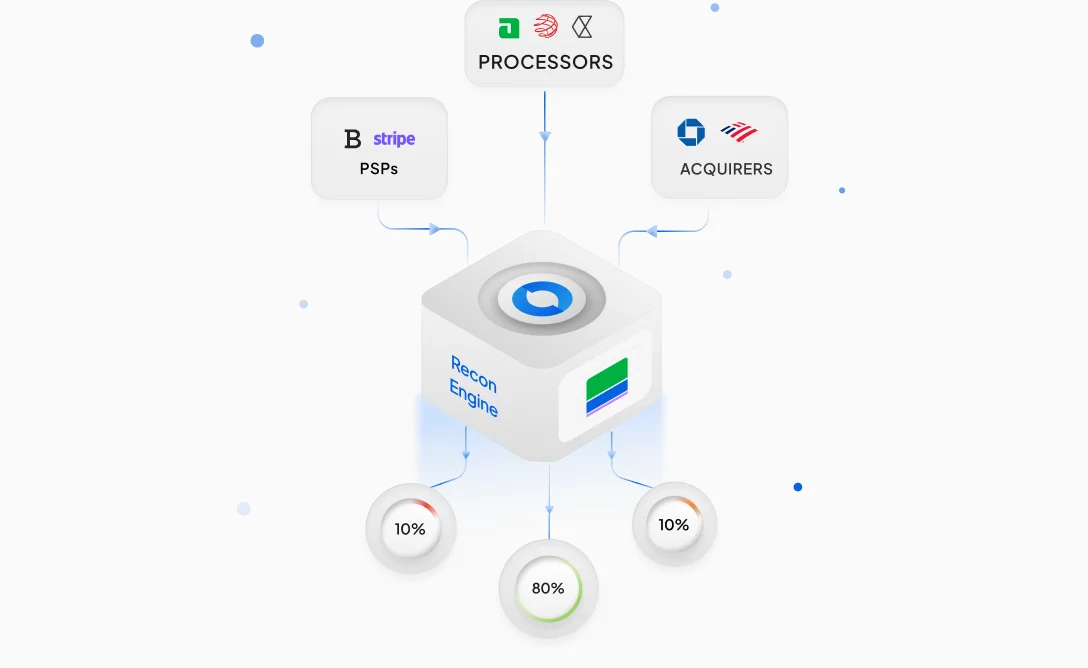When dealing with transactions, customers may frequently encounter two terms: chargeback and refund. The two terms seem to provide similar resolutions to discontented buyers, but truth be told, the processes, outcomes, and effects are unique. Comprehending these key differences between chargeback and refund can be important for consumers and merchants.
Understand the meaning of Chargeback
A chargeback is a system where a customer contests a charge put on their credit or debit card. This typically occurs when the customer is dissatisfied with the purchase, suspects fraud, or never received the product or service. But instead of directly contacting the merchant, the customer takes a different route: contacting the bank or card issuer. The financial institution then looks at the claim and reverses the payment temporarily while the investigation is ongoing. The chargeback becomes permanent if the scrutiny process finds the customer’s claim tenable. The merchant is deprived of the funds, plus any extra charges.
Ideally, chargebacks protect customers from fraudulent or illegal transactions. However, chargebacks can be quite costly for merchants, leading to the double whammy of not only lost revenue but also extra charges levied by payment processors. In some cases, frequent chargebacks can lead to merchants losing the ability to process payments, such as those from credit or debit cards.
Understand the meaning of Refund
Now, let us understand what a refund means. Refunds follow a simple process. Here, the customer asks the merchant to return their money after a purchase. If you remember, the customer went to their bank in the case of a chargeback.
Buyers generally seek refunds when they are dissatisfied. Unlike chargebacks, though, refunds are handled between the customer and the merchant. Upon satisfactory resolution, the merchant approves the refund request and sends the money back to the buyer’s original payment method, which can be a credit card, a debit card, a bank account, etc.
Considering the chargeback vs refund debate, it's important to understand that refunds result from merchants' spontaneous actions. They are typically done without any bank or credit card company involvement, though payment processors may sometimes facilitate online refunds. Since refunds are usually free of third-party interference, such as banks, they inflict a much smaller hit on merchants compared to chargebacks.
Additionally, refunds provide merchants with greater authority over the transaction, which permits them to find a solution to the issue and aims to preserve customer relations.
Difference Between Chargeback and Refund
| Parameter | Chargeback | Refund |
| Initiated by | Customer contacts the bank | Customer contacts the merchant |
| Involvement of third party | Yes (bank or card issuer, apart from merchant and buyer) | No (only merchant and buyer involved, though payment processors may facilitate online refunds) |
| Time to resolve | Longer (due to investigation etc.) | Quicker (handled by the merchant directly) |
| Impact on merchant | Costly, includes fees and possible fines | Generally, only the transaction amount, though partial refunds may apply depending on merchant policies |
| Reason for initiation | Fraud, dissatisfaction, or undelivered goods | Dissatisfaction with the product/service |
| Outcome | Merchant loses purchase amount permanently, plus charges | Merchant typically returns only the purchase amount |
Are refunds better than chargebacks for merchats?
In an ideal scenario businesses should aim to avoid both refunds and chargebacks. One can argue that refunds are the more beneficial for merchants because of the following.
Chargebacks can have two financial impacts. One is losing the transaction amount, and two, banks and payment processors may impose hefty fees. The bigger danger lurking in chargebacks is that the merchant could be tagged as high risk if there are frequent chargebacks. If this happens, the merchant may face higher processing fees or even lose their ability to accept card payments!
In comparison, refunds offer merchants more autonomy because third parties, such as banks, are not involved in the decision-making process. This route offers a chance to address the issue amicably with the customer. The presence of intermediaries could worsen the negative experience.
Merchants can keep customer satisfaction high by using quick and efficient refund processing.
Why did I get a chargeback instead of a refund?
In certain instances, customers are seen going for chargebacks instead of refunds. This happens when customers have reason to believe that the merchant isn’t cooperating or if they presume the possibility of fraud.
Chargebacks are also a better alternative if the customer assumes that the merchant's refund process is a little too slow or complicated for their liking. It's pretty simple for the customer: they would prefer a quicker way of getting their money back without waiting days for the merchant to come into the picture.
Sometimes, the customer's credit card company provides greater protection or faster dispute resolution through chargebacks. In such a scenario, the customer might feel this is a safer and more secure way to address the transaction than the refund route involving the merchant directly.
These valuable insights form an important assessment part as you compare chargeback vs refund routes.
What are double refund chargebacks?
Some impatient customers don’t stick with one resolution. They go for both routes, i.e., chargeback and refund. This can lead to what is called a double refund chargeback. The peculiar situation happens when the merchant issues a customer a refund, but the customer also requests a chargeback through their bank.
In addition to actions by the customer, double refund chargebacks can happen due to confusion or a lack of communication. In these cases, the customer gets refunded twice: once by the merchant and once by the bank. This compounds the financial loss and the chargeback fees for the merchant, leading to double the negative monetary impact.
Thankfully, merchants can prevent this situation by clearly communicating refund statuses to customers. If you quickly notify them when a refund is processed, customers are less likely to apply for chargebacks. Also, tracking refunds and chargebacks efficiently helps.
Conclusion
While both chargebacks and refunds provide ways for customers to reclaim their money, they differ significantly. For merchants, the chargeback vs refund debate leans heavily in favour of refunds, as they offer more control and fewer financial penalties. Chargebacks, although offering more protection for consumers, can harm merchants financially if not managed well.
Juspay’s advanced payment solutions help businesses effectively manage refunds and chargebacks. By offering real-time transaction monitoring, Juspay enables merchants to handle disputes quickly and reduce the risk of chargebacks, ensuring smoother and more profitable payment operations.
























